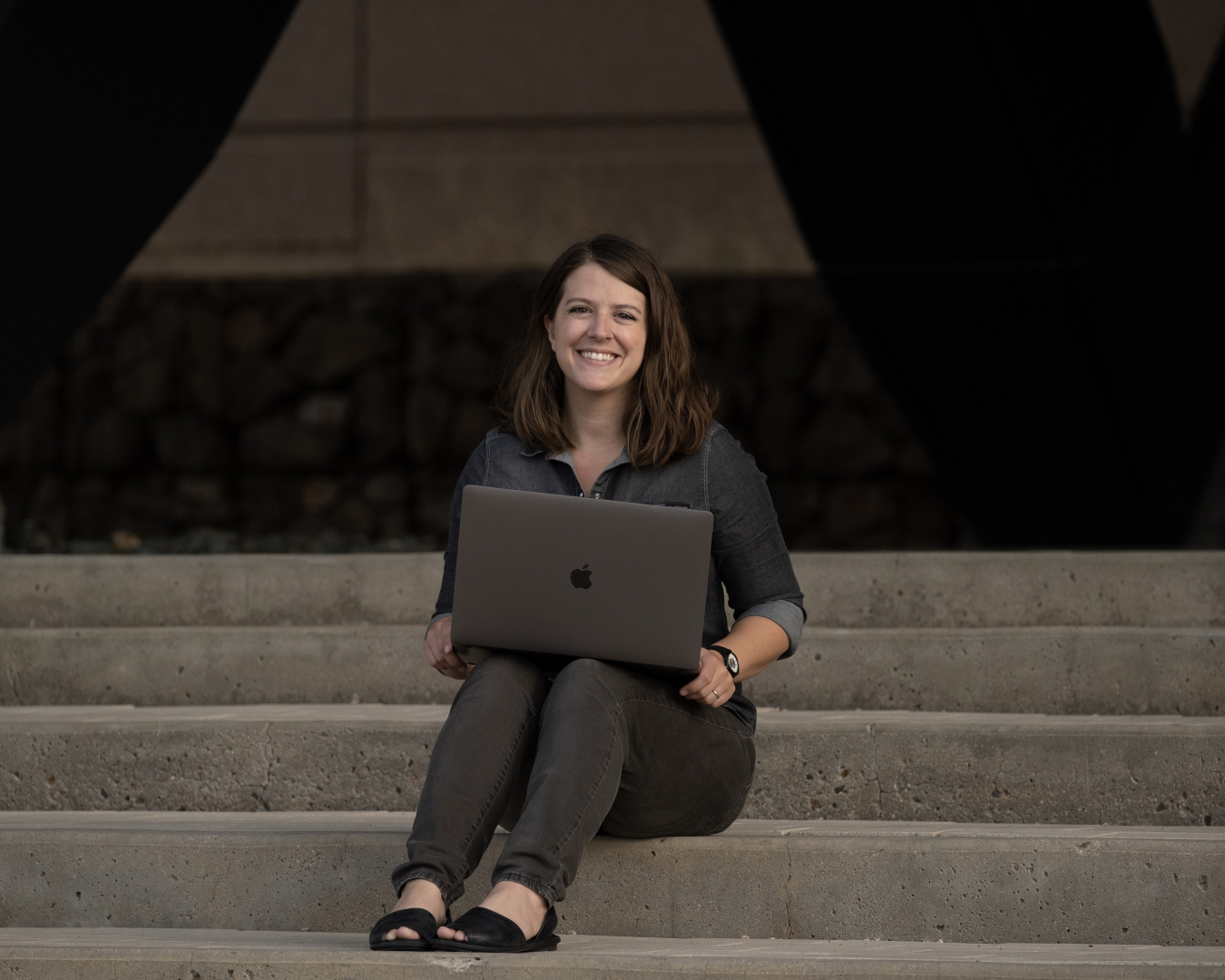Learn why Meghan Mooney loves her job as a geospatial data scientist at the National Renewable Energy Laboratory.
December 16, 2019
Meghan Mooney is a geospatial data scientist at the National Renewable Energy Laboratory (NREL). Since starting at NREL in 2015, Meghan has contributed toward and managed a number of projects supporting the laboratory and its clients with spatial decision making. As a geographer, she finds herself working with large, interdisciplinary groups of scientists and engineers to solve some of the nation’s most complex energy problems such as how to help cities reach their 100% renewable energy goals. Meghan specifically specializes in geospatial analysis, big data management, and scientific modeling. She holds a bachelor of science degree in geographic science from James Madison University and a master of arts in geography from the University of Denver.
What inspired you to work in STEM?
I like to think that it was the collective efforts of all the teachers and mentors I’ve had over the years that have inspired me and guided me to work in STEM. I’ve always had a curious mind and a strong desire to make a positive change in the world. Admittedly, there was a time when I didn’t know how to do that. My teachers and mentors recognized my potential and encouraged me to apply myself to the problems I was most passionate about solving. They helped me take my abstract notions and desires and turn them into actionable goals. They also helped me understand that complicated problems need sophisticated, creative solutions that require interdisciplinary collaboration. Above all else, they encouraged me to always ask questions!
What excites you about your work at the Energy Department?
I love working with awesome, world class scientists and engineers to solve the nation’s complex renewable energy problems. We’re all motivated by the same mission and everyone has something different to bring to the table. That makes coming to work exciting and fulfilling.
How can our country engage more women, girls, and other underrepresented groups in STEM?
Our career aspirations are often shaped by social role models. That is why social exposure is the number one thing we can do to engage more women in STEM. Segments like “Women @ Energy: STEM Rising” are great ways to showcase the careers and successes of awesome female scientists that are doing great things in STEM fields. In addition, I strongly believe that we should be investing in programs to grow mentor-mentee relationships. These kinds of social investments will harvest long-lasting involvement in STEM for generations of underrepresented groups to come.
Do you have tips you'd recommend for someone looking to enter your field of work?
First and foremost, find your passion. Once you do that, find a set of mentors and surround yourself with peers that will challenge you to do great work. Mentors come in all shapes and forms, so never underestimate the lessons you will learn from someone. The connections you make along the way are just as important as any class you take. Learn from each other and stay humble – there is always more to learn. Finally, don’t forget to develop your programming and technical skills, because those are the qualities that will land you that dream job.
When you have free time, what are your hobbies?
On the weekends, you can find me spending time outside with my dog camping, trail running, hiking, and climbing. I also love live music and spending time with friends at our favorite bluegrass jams!
Learn more about our programs & resources for women and girls in STEM at http://www.energy.gov/women

